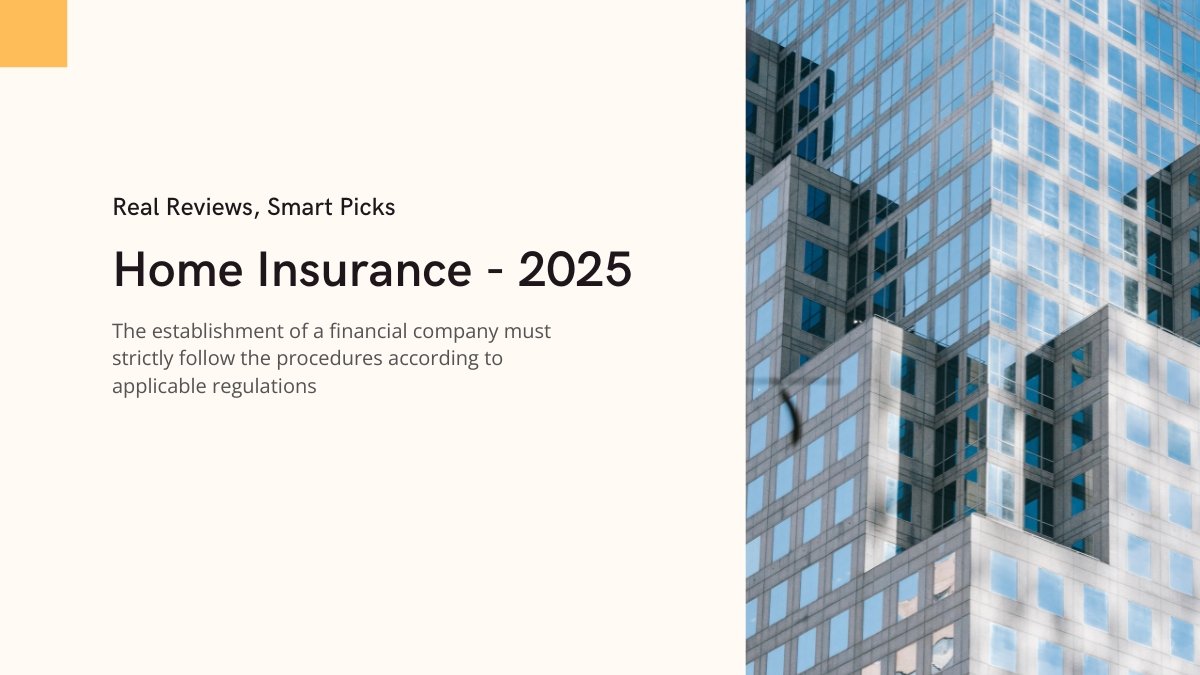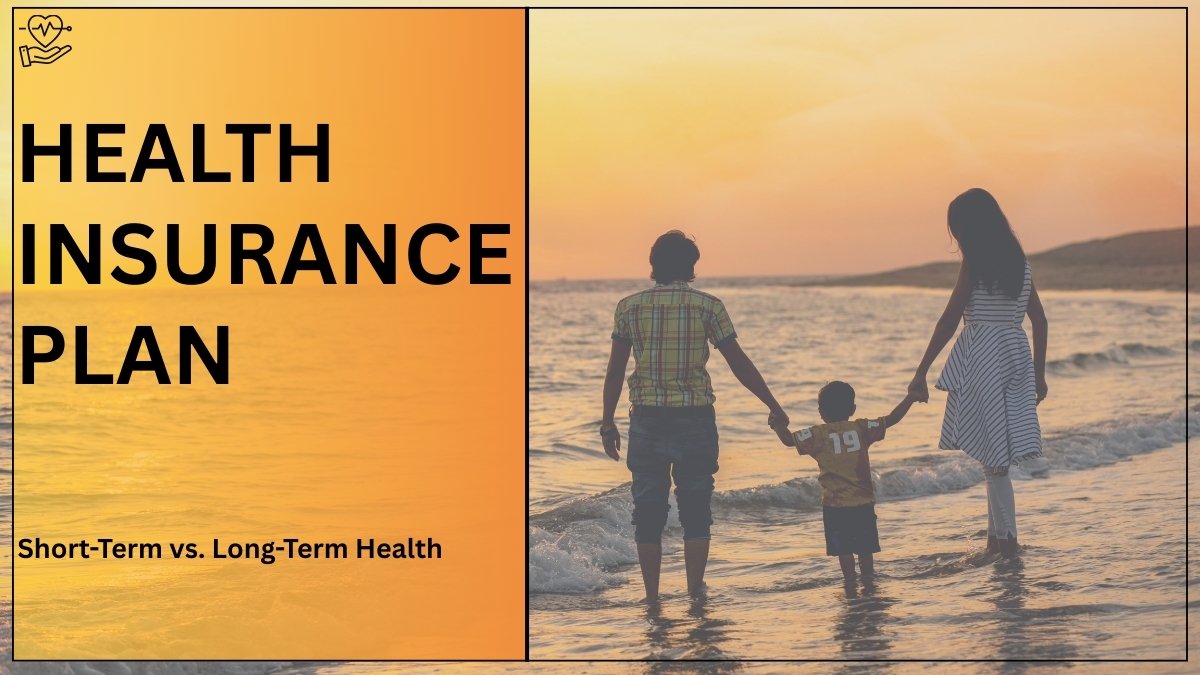Home Insurance Natural Disasters : In 2025, the landscape of home insurance in the United States is evolving rapidly due to the increasing frequency and severity of natural disasters. Homeowners are facing new challenges in securing adequate coverage, understanding policy limitations, and managing rising premiums. This comprehensive guide aims to shed light on the current state of home insurance concerning natural disasters, helping you navigate the complexities and make informed decisions to protect your home and finances.
READ MORE :- Best Life Insurance Policies for Millennials in 2025 – Secure Your Future Today
Understanding Home Insurance Natural Disasters
What Disasters Are Typically Covered?
Standard homeowners insurance policies generally cover certain natural disasters, including:
- Windstorms and Hail: Damage from windstorms, such as tornadoes and hurricanes, is typically covered. However, in high-risk areas, insurers may impose higher deductibles or exclusions.
- Fire and Lightning: Fires, including those caused by lightning strikes, are commonly covered perils.
- Volcanic Eruptions: While rare, damage from volcanic eruptions is usually included in standard policies.
- Snow and Ice Damage: Damage from the weight of snow or ice is often covered, depending on the policy.
What Disasters Are Typically Not Covered?
Certain natural disasters are commonly excluded from standard homeowners insurance policies:
- Floods: Flood damage is generally not covered and requires separate flood insurance.
- Earthquakes: Earthquake damage is typically excluded and necessitates a separate earthquake insurance policy.
- Landslides and Mudslides: These events are often not covered under standard policies.
- Sinkholes: Coverage for sinkholes varies by state and insurer; some may offer it as an add-on.
Earthquake Insurance: A Necessity in Seismic Zones
Why Standard Policies Exclude Earthquake Coverage
Standard homeowners insurance policies exclude earthquake coverage due to the high risk and potential for catastrophic losses. Insurers offer separate earthquake insurance policies or endorsements to manage this risk effectively.
Options for Earthquake Insurance
- California Earthquake Authority (CEA): In California, the CEA provides earthquake insurance policies for homeowners, renters, and condo owners. The CEA offers various coverage options and deductibles to suit different needs.
- Private Insurers: Some private insurance companies offer earthquake coverage as an endorsement to existing homeowners policies or as standalone policies.
Considerations for Earthquake Insurance
- Deductibles: Earthquake insurance often comes with high deductibles, typically ranging from 10% to 20% of the coverage limit.
- Coverage Limits: Policies may have limits on coverage for personal property and additional living expenses.
- Premium Costs: Premiums vary based on factors such as location, home construction, and proximity to fault lines.
Flood Insurance: Essential Protection Against Rising Waters
The Importance of Flood Insurance
Floods are among the most common and costly natural disasters in the U.S., yet standard homeowners insurance policies do not cover flood damage. With climate change contributing to more frequent and severe flooding, obtaining flood insurance is crucial for many homeowners.
National Flood Insurance Program (NFIP)
- Overview: Managed by FEMA, the NFIP offers flood insurance to property owners, renters, and businesses in participating communities.
- Coverage: NFIP policies cover up to $250,000 for building property and $100,000 for personal property.
- Eligibility: Homes in high-risk flood zones with federally backed mortgages are required to have flood insurance.
Private Flood Insurance
- Availability: Private insurers offer flood insurance policies that may provide higher coverage limits and additional options compared to NFIP policies.
- Considerations: Private flood insurance may be more flexible but can also be more expensive, depending on the property’s risk level.
Hurricane Insurance: Navigating Coverage in Storm-Prone Areas
Understanding Hurricane Coverage
In hurricane-prone regions, homeowners must be aware of how their insurance policies address hurricane-related damage:
- Wind Damage: Typically covered under standard homeowners insurance, but may have separate hurricane or windstorm deductibles.
- Flood Damage: Not covered under standard policies; requires separate flood insurance.
- Additional Living Expenses: Coverage for temporary housing if the home is uninhabitable due to hurricane damage.
Hurricane Deductibles
- Percentage-Based Deductibles: In high-risk areas, insurers may apply deductibles based on a percentage of the home’s insured value, ranging from 1% to 5% or more.
- Trigger Events: Deductibles may be triggered by specific events, such as a hurricane warning issued by the National Weather Service.
Wildfire Insurance: Addressing the Growing Threat
Coverage for Wildfire Damage
Standard homeowners insurance policies typically cover damage from wildfires, including:
- Dwelling Coverage: Repairs or rebuilding of the home structure.
- Personal Property: Replacement of belongings damaged or destroyed by fire.
- Additional Living Expenses: Costs for temporary housing during repairs.
Challenges in High-Risk Areas
- Policy Non-Renewals: Insurers may choose not to renew policies in areas with high wildfire risk.
- Increased Premiums: Homeowners in wildfire-prone regions may face higher insurance premiums.
- Limited Availability: Some insurers may limit new policies in high-risk zones.
State-Backed Insurance Plans
- California FAIR Plan: Provides basic fire insurance coverage for homeowners unable to obtain insurance through the private market.
Insurance for Tornado Damage: Coverage and Considerations
Standard Coverage for Tornadoes
Damage from tornadoes is generally covered under the windstorm peril in standard homeowners insurance policies, including:
- Structural Damage: Repairs to the home and attached structures.
- Personal Property: Replacement of belongings damaged by the tornado.
- Additional Living Expenses: Costs for temporary housing if the home is uninhabitable.
Considerations for Tornado-Prone Areas
- Deductibles: Policies may have separate windstorm deductibles in high-risk areas.
- Coverage Limits: Review policy limits to ensure adequate coverage for potential tornado damage.
- Mitigation Discounts: Some insurers offer discounts for homes with storm-resistant features.
High-Risk Area Home Insurance: Challenges and Solutions
Defining High-Risk Areas
High-risk areas are regions prone to natural disasters such as floods, earthquakes, hurricanes, or wildfires. Homeowners in these areas may face:
- Higher Premiums: Increased risk leads to higher insurance costs.
- Limited Coverage Options: Some insurers may restrict coverage or exclude certain perils.
- Policy Non-Renewals: Insurers may choose not to renew policies in high-risk zones.
Strategies for Securing Coverage
- Shop Around: Compare quotes from multiple insurers to find the best coverage options.
- State-Backed Plans: Explore state-sponsored insurance programs designed for high-risk areas.
- Mitigation Measures: Implement home improvements to reduce risk and potentially lower premiums.
Affordable Disaster Insurance: Balancing Cost and Coverage
Factors Influencing Insurance Costs
- Location: Proximity to disaster-prone areas significantly affects premiums.
- Home Characteristics: Age, construction materials, and condition of the home impact insurance costs.
- Coverage Limits and Deductibles: Higher coverage limits and lower deductibles increase premiums.
Tips for Affordable Coverage
- Bundle Policies: Combining home and auto insurance can lead to discounts.
- Increase Deductibles: Opting for higher deductibles can reduce premiums.
- Implement Safety Measures: Installing smoke detectors, security systems, and storm shutters may qualify for discounts.
- Regularly Review Policies: Ensure coverage remains adequate and cost-effective as circumstances change.
Climate Change and Its Impact on Home Insurance
Rising Risks
Climate change is contributing to more frequent and severe natural disasters, leading to:
- Increased Claims: Higher frequency of disasters results in more insurance claims.
- Rising Premiums: Insurers adjust premiums to account for elevated risks.
- Coverage Limitations: Insurers may impose stricter terms or exclude certain perils.
Adaptation Strategies
- Risk Assessment: Homeowners should evaluate their property’s vulnerability to climate-related risks.
- Mitigation Efforts: Implementing measures to reduce risk can help maintain insurability.
- Stay Informed: Keep abreast of changes in insurance policies and regulations related to climate change.
Best Homeowners Insurance Companies in 2025
Top-Rated Insurers
- USAA: Known for excellent customer service and comprehensive coverage options.
- State Farm: Offers a wide range of policies and strong financial stability.
- Allstate: Provides customizable coverage and various discounts.
- Nationwide: Offers competitive rates and a variety of coverage options.
- Liberty Mutual: Known for flexible policies and bundling discounts.
Choosing the Right Insurer
When selecting a homeowners insurance provider, consider:
- Financial Strength: Ensure the company can meet its obligations.
- Customer Service: Look for responsive and helpful customer support.
- Coverage Options: Choose a provider offering the specific coverage you need.
- Discounts and Bundling: Explore opportunities to save through discounts and policy bundling.
Conclusion
In 2025, understanding the intricacies of home insurance coverage for natural disasters is more critical than ever. With the increasing prevalence of extreme weather events, homeowners must proactively assess their insurance needs, explore available options, and implement risk mitigation strategies. By staying informed and prepared, you can safeguard your home and financial well-being against the unpredictable forces of nature.

















